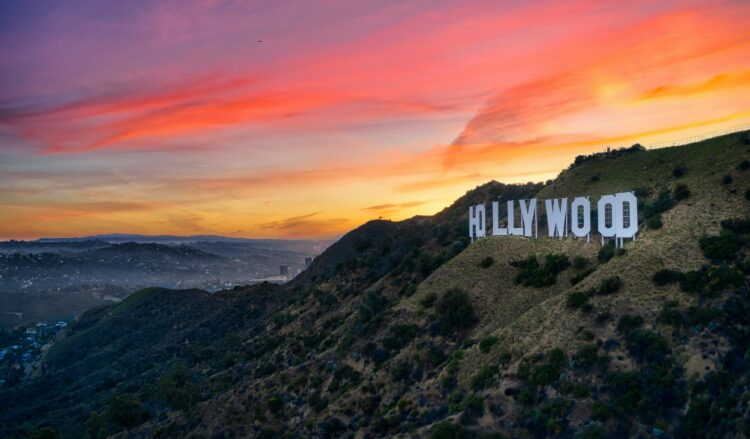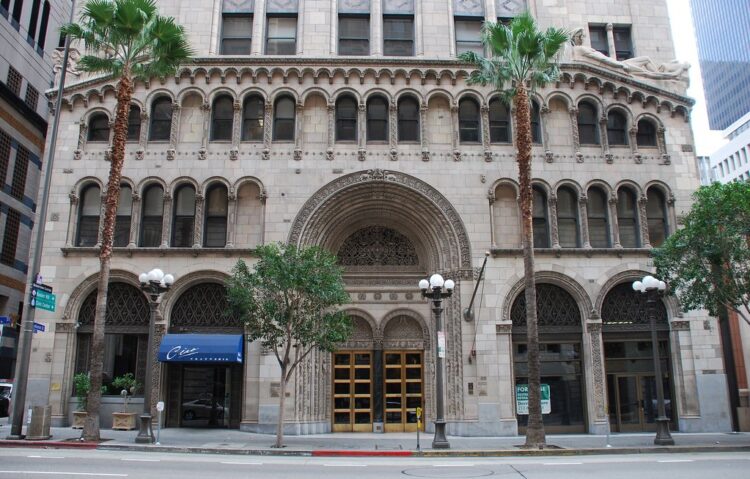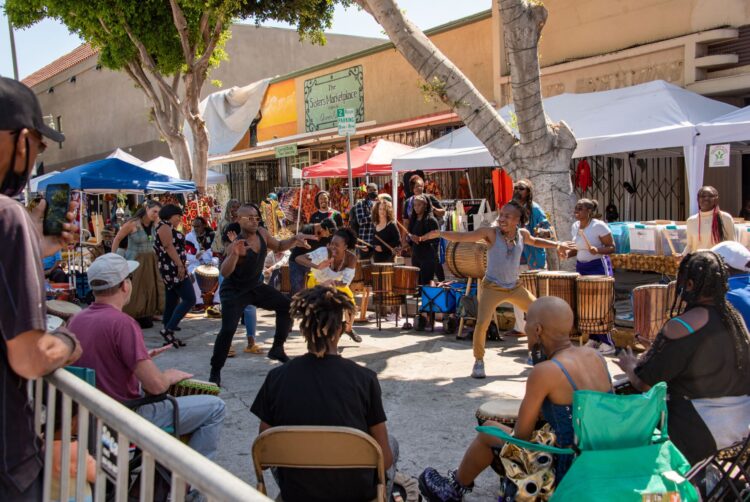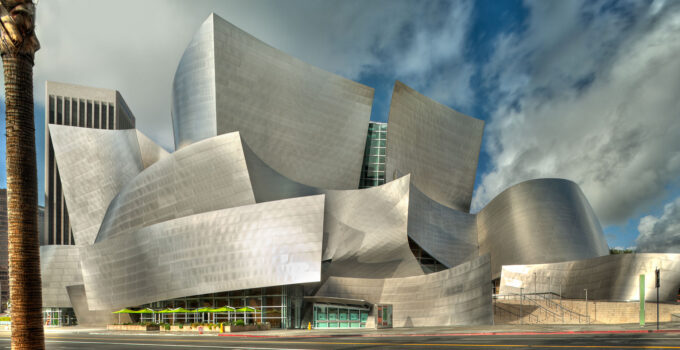Los Angeles has long been celebrated as a melting pot of cultures, ideas, and creativity. Its architectural array is no different, presenting a varied collection of designs that speak to its dynamic change. This city, synonymous with the glamor of Hollywood, has a skyline that stretches far beyond the entertainment industry, offering a visual narrative of its social and economic transformations.
From Spanish Colonial Revival structures that hark back to its eaarchitectural heritage larly history to the sleek lines of contemporary high-rises, LA’s buildings tell a story of adaptation and ambition. As an epicenter of innovation, Los Angeles not only reflects architectural trends but often sets them, making its ongoing development a significant topic within the industry and beyond.
Amidst this hanging cityscape, what deserves special attention is not just the chronology of architectural styles, but the continual interplay between preserving the past and embracing the future. This article will explore Los Angeles’ unique architectural narrative, contrasting the time-honored landmarks with the cutting-edge designs that together create the city’s distinctive character.
It will examine not only the physical structures but also the ethos they embody, representing a blend of history, culture, and progressive thinking.
Page Contents
The History of Los Angeles Architecture

Source: sah-archipedia.org
Los Angeles’ architectural panorama tells the story of a city that has constantly reinvented itself through its structures. The progression began with Spanish Colonial Revival buildings, which gave a nod to the region’s early settlers, and set the stage for a century of stylistic innovation.
During the early 20th century, Art Deco and Beaux-Arts structures added grandeur to the burgeoning metropolis, encapsulating the optimism of the era. Post-war optimism paved the way for the sleek, futuristic lines of Mid-Century Modernism, a style that has become synonymous with the Californian lifestyle, symbolizing the city’s embrace of modernity and its seamless indoor-outdoor living.
As the city expanded, the skyline was further transformed by daring postmodern edifices that challenged architectural norms. Today, architects in Los Angeles continue to push boundaries with cutting-edge green buildings and sculptural high-rises that redefine urban aesthetics.
Each era’s legacy offers insight into the economic, social, and environmental factors that have shaped Los Angeles, contributing to a skyline that is both a product of its past and a blueprint of the future.
Iconic Landmarks

Source: griffithobservatory.org
Los Angeles’ skyline emerges from a rich palette of historical influences and cultural icons, weaving together a story that speaks to both nostalgic reverence and forward-thinking innovation. The imposing letters of the Hollywood Sign have not only branded the city as the heartland of the movie industry but have also become a symbol of ambition and dreams.
Meandering down from the Hollywood Hills, Griffith Observatory stands as a beacon of astronomical discovery, perched above the city to offer both educational experiences and unparalleled views of the sprawling urban territory below.
Not far from the observatory, the Walt Disney Concert Hall catches the eye with its flowing, metallic curves, a testament to architect Frank Gehry’s vision and LA’s embrace of avant-garde design.
Architectural Preservation and Conservation Efforts
In Los Angeles, the preservation of historical architecture is an involved process that balances the city’s rapid development with the need to maintain its cultural identity. Local organizations such as the Los Angeles Conservancy have taken up the mantle to protect the architectural elements that make up the city’s unique character, advocating for policies and actions that guard against the encroachment of modernization on historical sites.
These efforts often face hurdles, including financial constraints and pressures to adapt to contemporary urban needs.
They also yield triumphant successes, like the restoration of the iconic Bradbury Building, whose ornate ironwork and timeless design continue to enchant visitors. Individuals, too, play a major part.
Homeowners in historic districts strive to preserve the integrity of their surroundings, while developers who embrace the concept of adaptive reuse breathe new life into old structures. Together, these stakeholders construct a protective framework, ensuring that Los Angeles’s rich architectural history continues to enlighten and inspire future generations.
Contemporary Architectural Trends

Source: flickr.com
Today’s architecture in LA is not just about building the next eye-catching structure. It is rooted in an ethos that embraces eco-friendly practices and smart urban planning. Many new buildings are LEED-certified, representing the shift towards green construction and energy efficiency. The city’s commitment to environmental consciousness doesn’t end there. Significant efforts are made to retrofit existing buildings for better performance.
Architects and developers are also focusing on adaptive reuse, giving historic and underused buildings a new lease on life while preserving the city’s cultural narrative. This approach speaks to a broader trend in urbanization, where functional design is harmonized with the vibrant urban design that characterizes Los Angeles. As the city plans its growth, mixed-use developments are being favored to reduce sprawl, improve walkability, and enhance community living.
Celebrating Diversity
Los Angeles embodies diversity not only through its population but also in its built environment, where each community adds a distinct brushstroke to the city’s architectural canvas. From Chinatown with its East Asian motifs to the vibrant murals that adorn the walls of Boyle Heights, architectural diversity is a testament to the city’s inclusive spirit. Little Tokyo’s historic structures illustrate stories of Japanese American heritage, while the Islamic Center of Southern California provides a place of peace with its modern interpretation of traditional Islamic architecture.

African American influences are prominent in areas like Leimert Park, known for its significant contributions to jazz and arts, and the Crenshaw district’s emerging Destination Crenshaw, an open-air museum celebrating Black Los Angeles. Communities such as the Latino, Korean, and Armenian populations further enrich the cityscape through the integration of their cultural aesthetics in neighborhood designs and businesses, culminating in a built environment that’s as diverse as the communities it embraces.
Los Angeles stands as a testament to the enduring power of architectural diversity and the importance of preserving cultural heritage amid progress. Los Angeles is shaping its future through innovative architectural trends, promoting sustainability and adaptive reuse. By continuing to appreciate and protect this rich history, Los Angeles will surely keep its architectural legacy alive, encouraging creativity and innovation for many generations to come.





